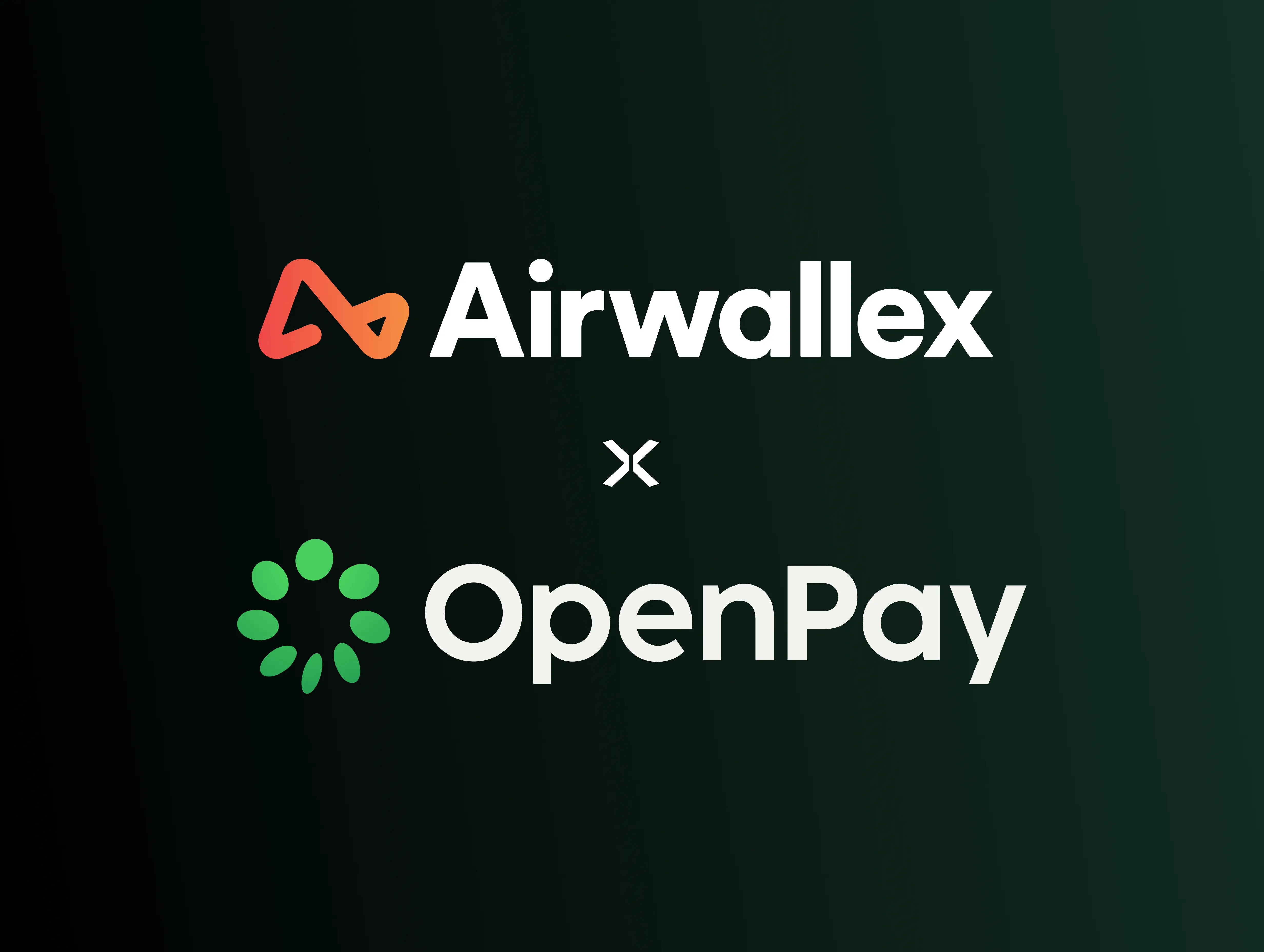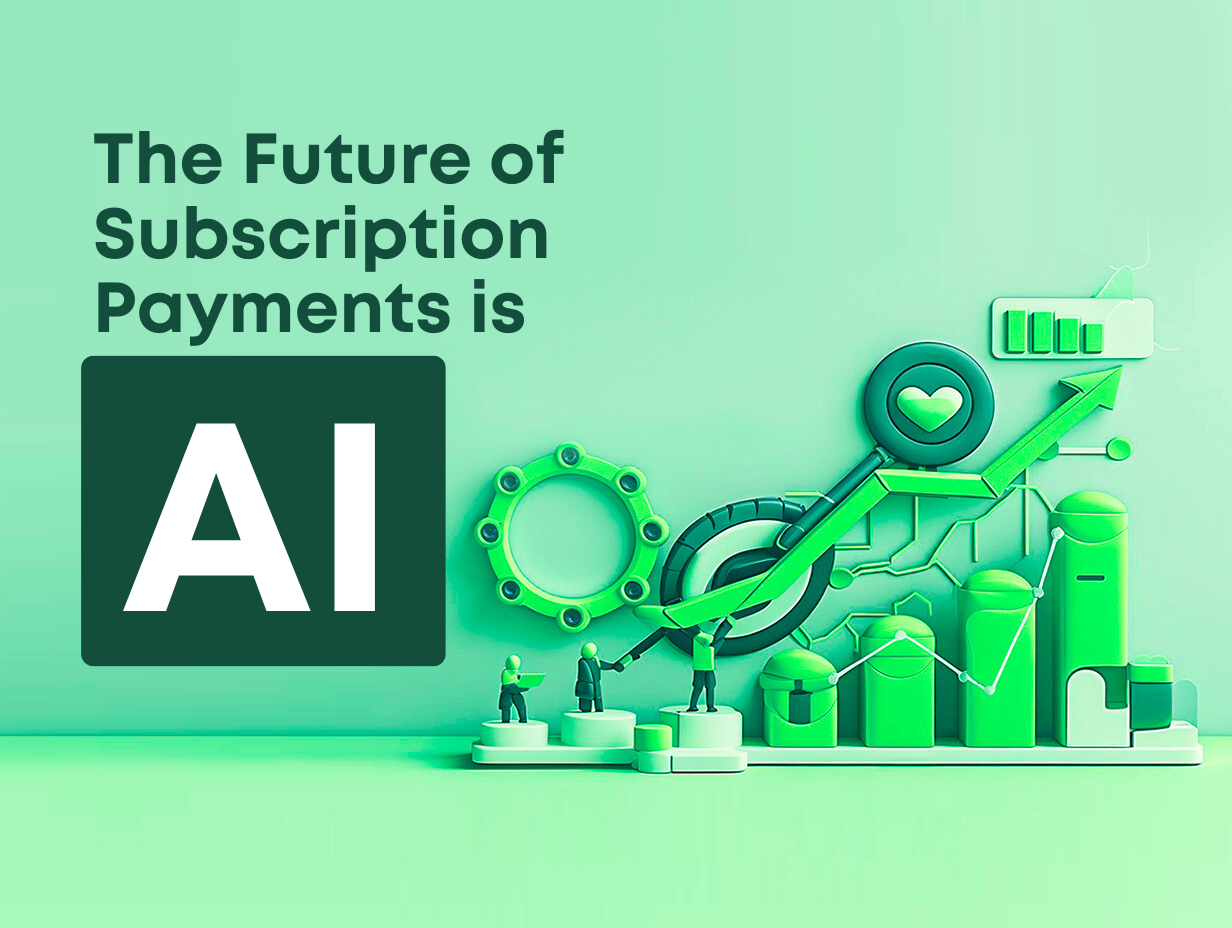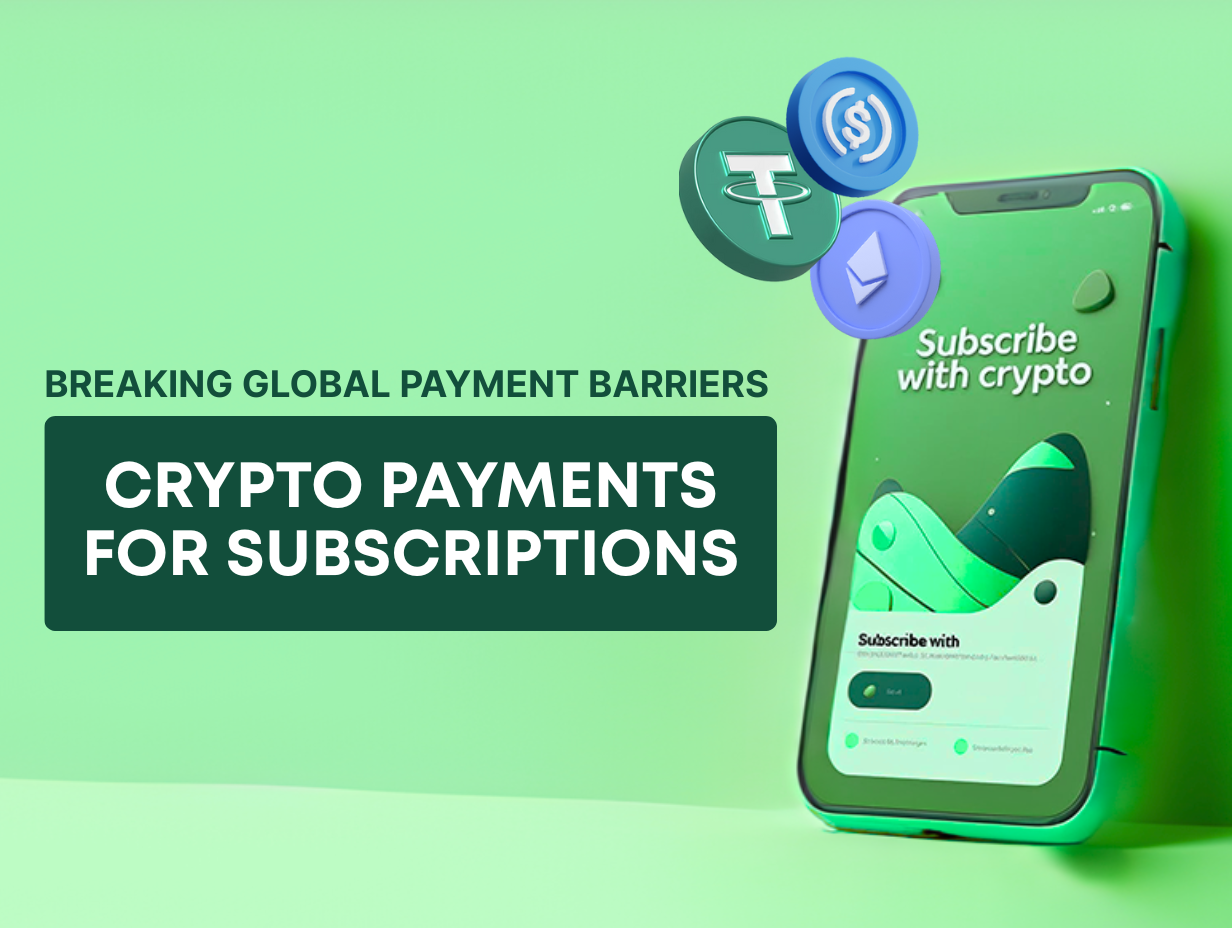The US subscription economy is projected to reach $232.2 billion in 2025, part of a global shift that’s expected to drive the industry past $2.13 trillion by 2034. With over half of US adults subscribed to digital services, recurring revenue is no longer a trend. It’s the default.
With that massive opportunity comes a new kind of complexity.
Imagine stepping on the gas and not moving.
You keep burning fuel, wasting energy, and yet you can’t go further. That’s what scaling a subscription business feels like when your payments infrastructure isn’t ready to grow with you. You invest in marketing, build a great product, and bring in users. But revenue quietly slips away through failed charges, currency mismatches, and billing systems that constantly need fixing.
Real growth isn’t just about acceleration. It’s about removing friction before it slows you down.
That’s why payment orchestration is no longer optional. It’s the foundation that lets you scale smoothly, operate globally, and recover revenue you didn’t even know you were losing.
Payment Orchestration as a Growth Strategy
While most teams see integrating payment orchestration as a backend task that just needs to function, smart companies see it as a growth strategy.
Payment orchestration is the infrastructure layer that sits between your product and the messy world of payment processors, currencies, compliance rules, and retry logic. This allows you to catch on any potential revenue loss without maintaining a whole payments team.
Here are a few ways on how it can drive growth to your business from day one and beyond:
1. Increases revenue retention
Failed payments lead to involuntary churn. With orchestration, you recover more revenue automatically.
2. Speeds up international expansion
Want to launch in new markets? Orchestration lets you localize payment methods, handle currency conversions, and improve approval rates without heavy custom work.
3. Reduces operational drag
No more engineering teams patching billing logic or customer success chasing failed invoices. Orchestration automates what should never be manual.
4. Improves customer experience
Payments are part of your product. A smooth billing experience improves trust, retention, and conversion, especially for subscription and usage-based businesses.
5. Gives clean, actionable data
When payment data is unified and structured, your team gets clear insights into revenue, churn, LTV, and growth levers, all in real time.
The Best Time to Orchestrate Was Day One. The Next Best Time Is Now.
Whether you're just getting started or already scaling, payment orchestration is one of the smartest investments you can make to protect revenue, streamline operations, and unlock growth.
It’s not just about fixing what’s broken. It’s about building the foundation to move faster, expand globally, and serve customers better.
Start now, and your bottom line will thank you.
.png)











